Among Japanese sweets, mochi is a very popular one not only in Japan but also all around the world. However, do you know that there is not only one type of mochi? Today, we would like to introduce Anko Mochi. In Japan, this is an indispensable food for celebrations. Let’s see what is so different about this type of mochi and where to find the good anko mochi in Japan. We are also going to introduce the recipe to make this dessert! Therefore, how about trying yourself this recipe at home to celebrate the forthcoming New Year!?
What is Anko Mochi?
About Mochi
Mochi (餅) is Japanese traditional rice cake enjoying by locals in Japan since ancient time. Mochi is always eaten in celebrations such as New Year so it has such an important role in Japanese food culture.
Japanese people enjoy eating mochi in so many forms with different shape and size. Moreover, the ingredients used in making as well sauces used to dip it also differ from type to type. Not only known as dessert, mochi can also be eaten as a main dish in some regions.
Introduction about Anko Mochi
Anko mochi is mochi with ingredients of adzuki bean (or red bean). It is one of the Japanese sweet that is really familiar with Japanese people. However, the shape of it may differ from person to person. Some people refer anko mochi as mochi wrapped with red bean pastes inside, while others refer it to the dish with red bean outside the mochi.
With the combination of red color from red bean and white color of rice cake, it has a relatively plain and simple impression. However, as it is simple, you can see different ways of making it depending on people and regions.
Different types of anko mochi
When most people think of anko mochi, they think of a Japanese confectionery that is a mochi with the wrap of red bean paste, but there are many other types of anko mochi, and they are called differently depending on the region:
Ankoromochi (あんころもち)
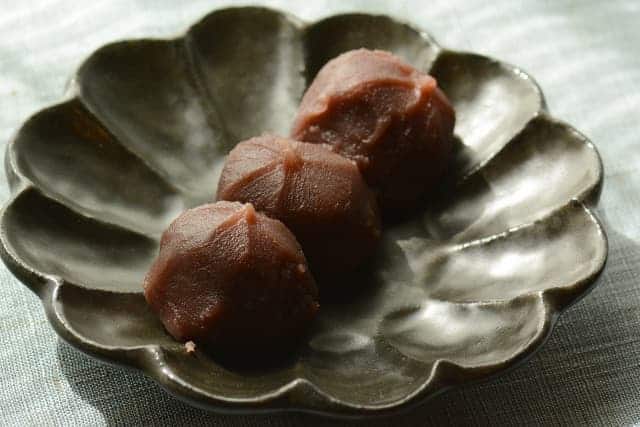
Ankoromochi is a Japanese sweet made by wrapping rice cakes in red bean paste. The interesting part of ankoromochi is that the skin and fillings of the mochi are different from the normal mochi. The skin is red bean paste while the fillings are mochi, totally different from the normal anko mochi and daifuku.
This type of mochi is really popular in Kansai and Hokuriku regions. There is also a custom of eating ankoro mochi on the first day of the Doyo period.
Doyo Ushi-no Hi (Midsummer Day of the Ox)is the day on which people eat eels in Japan during summer.
In different regions all over Japan, there are also some distinctive ankoromochi dishes. Let’s find out with us!
Enpachi (Ishikawa Prefecture)
This is a type of anko mochi in Enpachi, Hakusan City, Ishikawa Prefecture. White rice cake (mochi) is wrapped in strained bean paste. The ingredients in the mochi are glutinous rice “Kagura Mochi” from Ishikawa Prefecture and adzuki beans from Hokkaido. The interesting fact about this anko mochi of Enpachi is that each mochi is handmade, not by machine.
“Toraya” “Tasuke” (Okayama Prefecture)
In Yuka Kojima, Kurashiki City, Okayama Prefecture, there is an area with the name of Mt. Yuga. In this mountain, there are Yukasan Rendai-ji Temple and Yuka-jinja Shrine Hongu. From this two temple and shrine, it has now developed as a temple town.
Anko mochi has been knwon as a specialty since ancient times in this town. Both “Toraya” and “Tasuke” use mochi (white rice cake) and strained red bean paste.
Zenzai (ぜんざい)
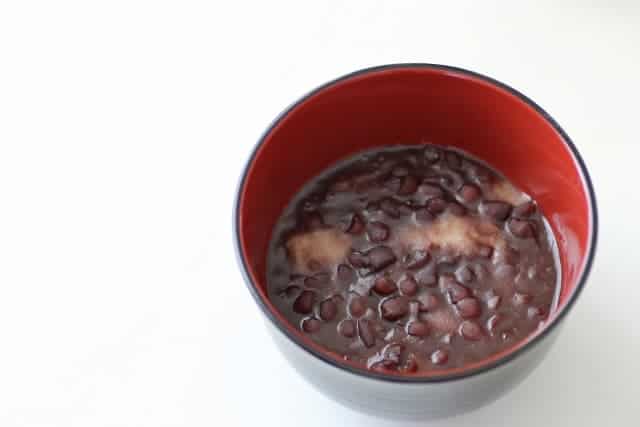
Zenzai is a food made by boiling adzuki beans with sugar. In Tohoku region, this zenzai with mochi in it is “anko mochi”.
History
“Anko” originally started as a red bean dish eaten as an amulet. Adzuki beans are native to the tropical regions of Asia and are said to have been introduced with rice cultivation during the Yayoi period. In China, the red color of the adzuki bean has long been regarded as yang (yang), and it is believed that it wards off the yin of disasters. Therefore, adzuki beans become a dish in Chinese food culture.
And it was only after it was introduced to Japan that people began to eat it as a dessert. In the Heian period, people ate unseasoned kneaded soup and salted adzuki beans seasoned with salt. In the Muromachi period, it was sweetened with sugar and became what it is today.
The classic combination of “anko” and “mochi” began at the end of the Kamakura period. A book written at the time states that “grilled mochi has azuki beans inside, and shirukomochi has azuki beans on top.”
Anko Mochi FAQ
How to make Anko Mochi?
Ways for making anko (red bean paste)
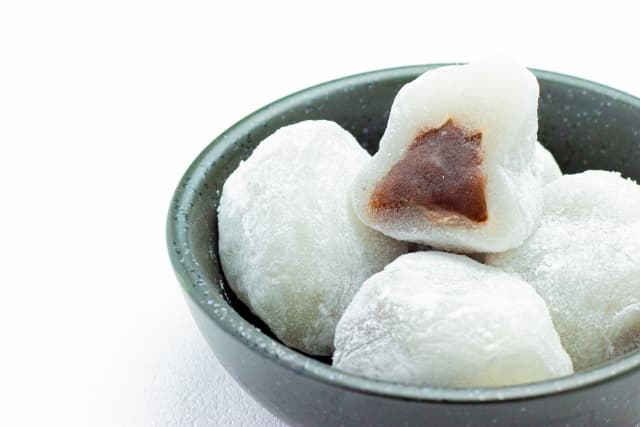
Ingredients
| Ingredients (2 servings) | Measurement |
|---|---|
| Adzuki beans | 250g |
| Sugar | 250g |
| Salt | appropriate amount |
| Water | 600 ml |
How to make anko?
First, prepare 250g of adzuki beans. Remove any discolored or cracked adzuki beans and wash them carefully with water.
Put adzuki beans and water in a pot and boil the adzuki beans. Once boiling, add water and simmer further. When it boils, boil it for about 1 minute and discard the hot water.
After that, wash the pot, add the adzuki beans and water, cover with a lid and heat over medium heat. When it boils, lower the heat and add water while simmering until the beans are soft. Scoop out the lye with a ladle. After this, drain the water.
When ready, add sugar, salt and mix to complete. The mixture is ready to serve! You can use it to make anko mochi or the basic ohagi.
Ingredients for making Anko Mochi
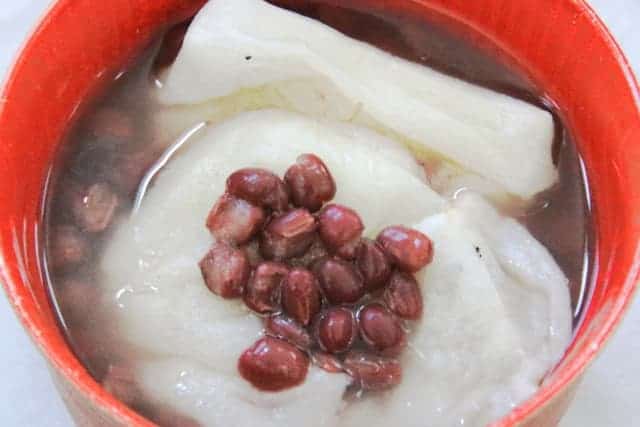
| Ingredients (2 servings) | Measurement |
|---|---|
| Mochi | 4 |
| Water | 1 tsp |
| Sugar | 2 tsp |
| Starch | appropriate amount |
| Anko | appropriate amount |
How to make Anko Mochi?
How to make Anko Mochi
Put the mochi and water in a heat-resistant container and heat in the microwave for 3 to 3 and a half minutes to soften the mochi completely.
Add sugar to the mochi in step 1 and roll the mochi with the rolling pin.
After mixing the sugar, dip the mochi in potato starch and wrap the red bean paste inside.
When ready, it is best to enjoy while it is still soft. But if you want to store it, you can keep in the refrigerator or cool place.
Restaurants/ Stores
Nakamuraken
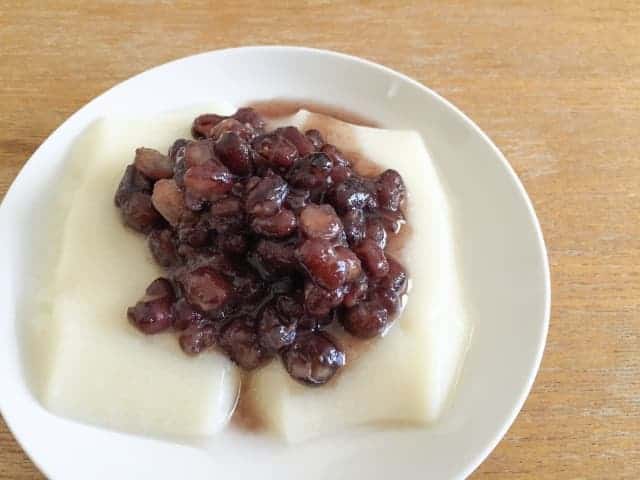
Nakamuraken was founded in 1883 in front of the Katsura Imperial Villa. Although it is located far from the city center, it is always filled with visitors. Mugishiro mochi is a representative product of Nakamuraken’s Japanese sweets from domestic ingredients. Freshly pounded rice cakes are filled with tsubuan (thick red bean paste) that has been slowly cooked by the owner, and sprinkled with fragrant soybean flour. There is also a cafe with the atmosphere of an old teahouse where you can enjoy the original taste of tea along with the anko mochi of Nakamuraken.
Otafuku (おたふく)
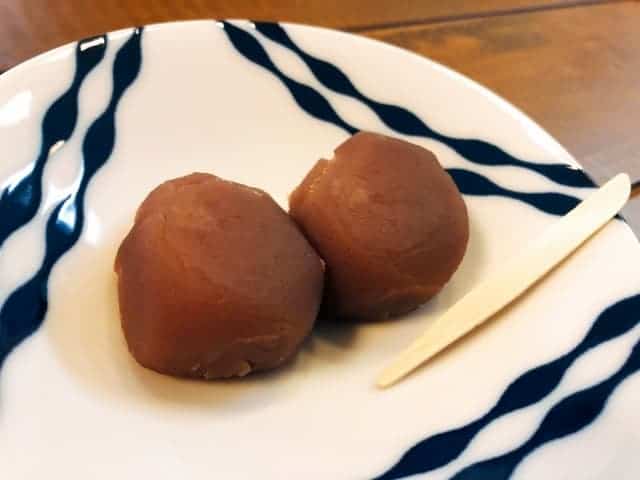
A shop specializing in handmade ohagi, located in the back alleys of Higashiyama. There are 8 types of small ohagi, including green plums, adzuki beans, soybean flour, white adzuki beans, black sesame seeds, plums, green seaweed, and ancient rice. The crunchy texture of mochi rice combines with the gentle sweetness of adzuki bean is the key to the deliciousness of the dish.
Kasagiya
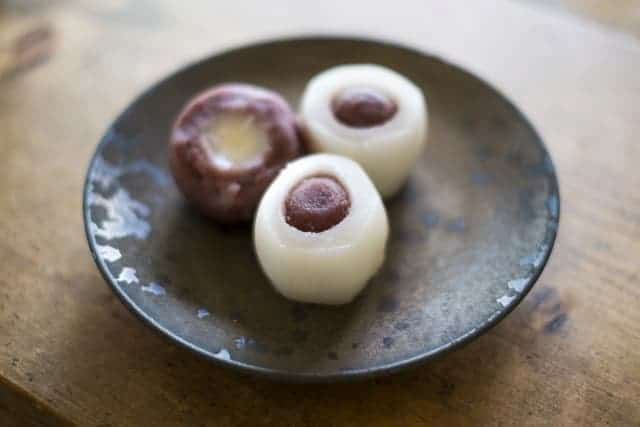
A sweets shop on Ninenzaka in Kiyomizu. Since its establishment in 1914 (Taisho 3), there are many fans for its almost unchanged menu and hospitality. It is said that Yumeji Takehisa, a painter in the Taisho period, also went there. “Kyoto Zenzai†is also popular, with mochi grilled on a charcoal stove to add aroma. The red bean paste used is made from the finest Tamba Dainagon azuki beans that have been cooked in a furnace for over 3 hours. You will be healed by the gentle handmade taste and the tasteful atmosphere of the store.
Takeaway
As one of the most popular Japanese confectionery, you can find anko mochi everywhere all around the world, even from the convenience stores, supermarket or the sweet shops. As Japanese believe red color present luckiness, anko mochi is also loved during special occasions, especially on Oshogatsu (New Year). With just the simple ingredients (adzuki beans and mochi), you can enjoy this dish in various ways. And what about trying anko mochi with some tea?!
If you are a fan of Japanese sweet, click here to find out about mochi.
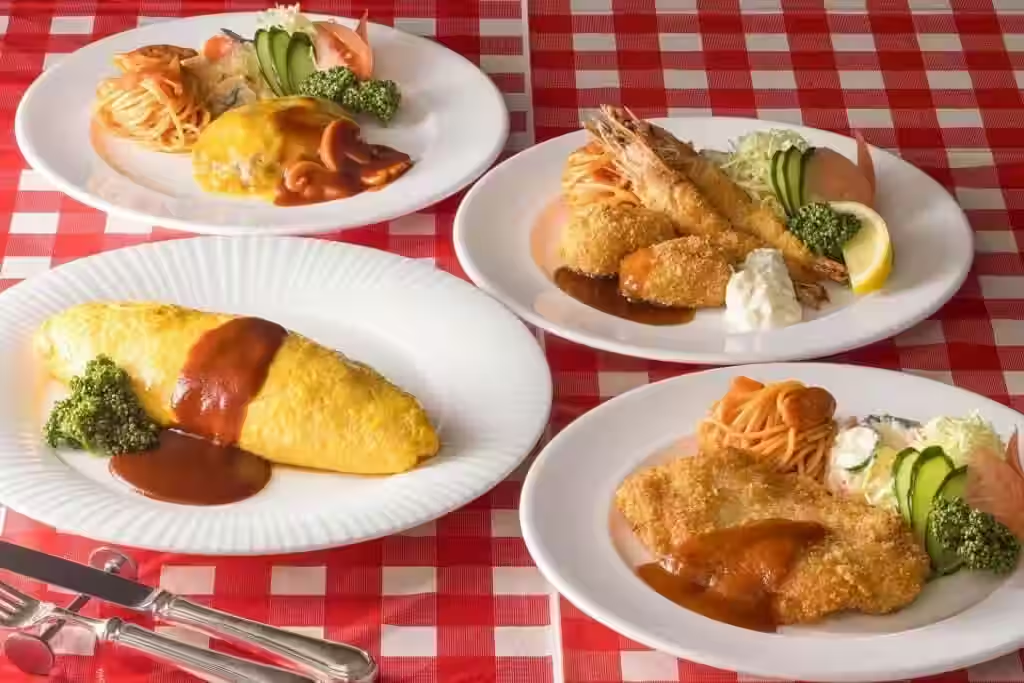
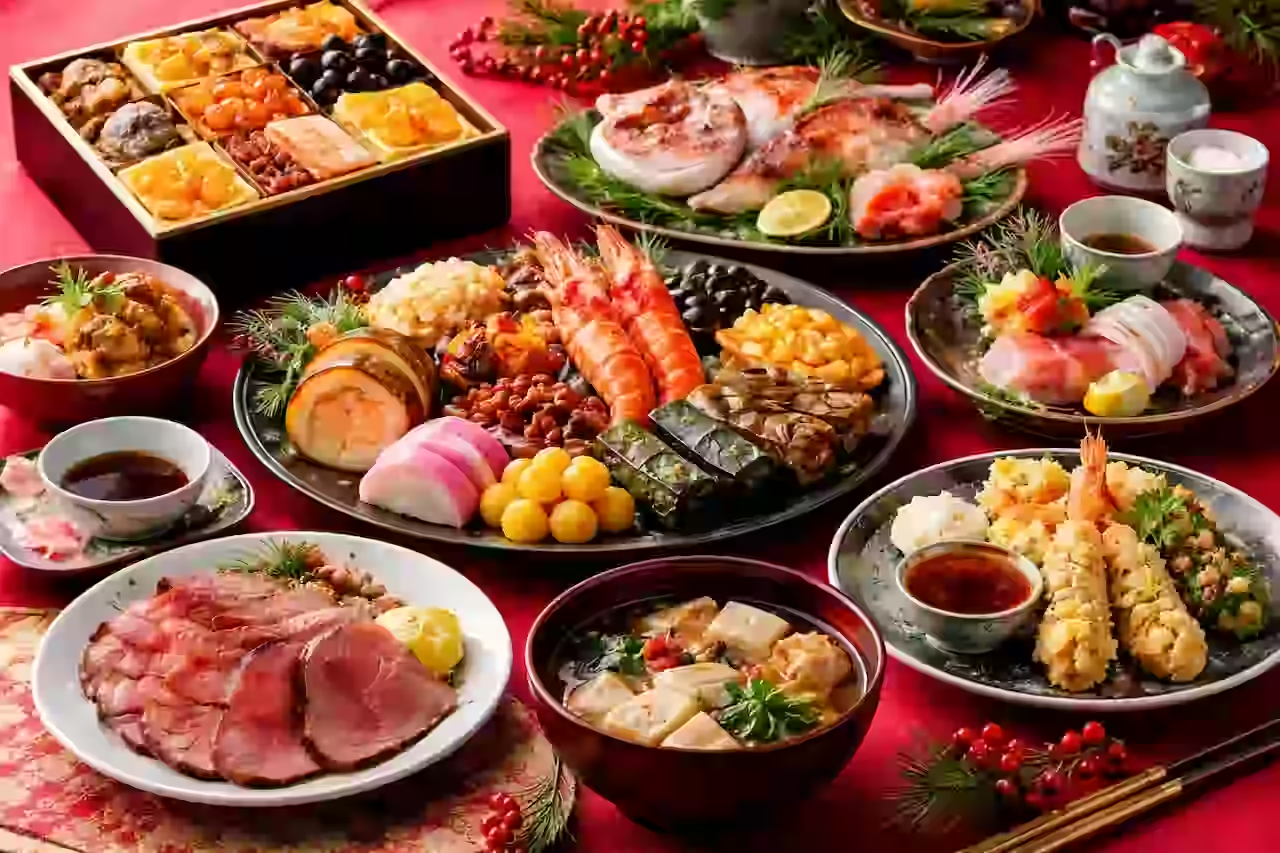
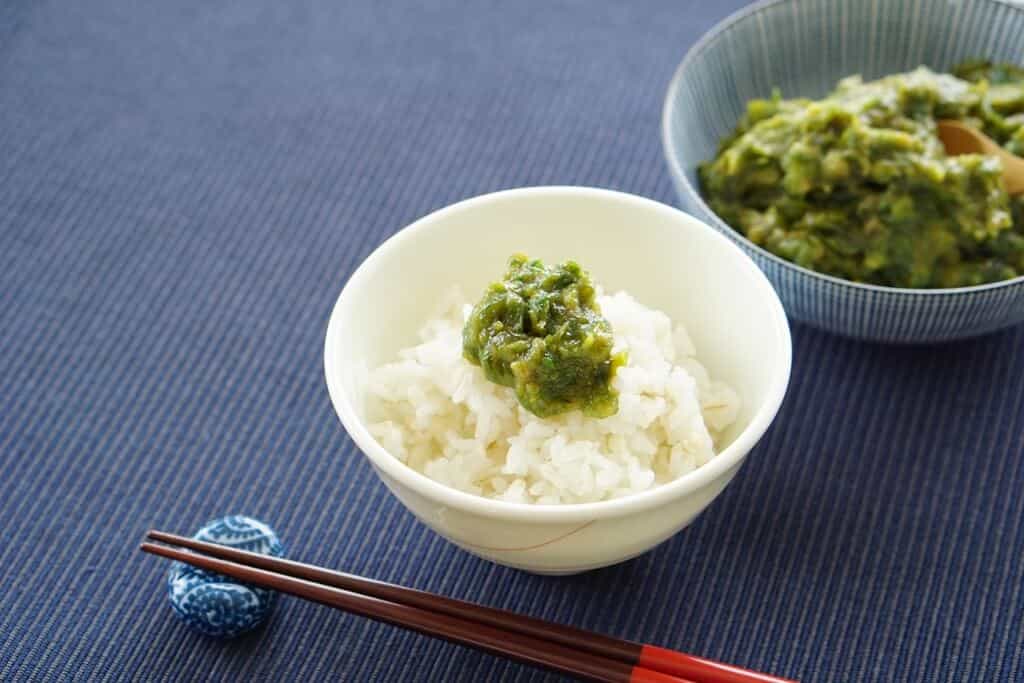
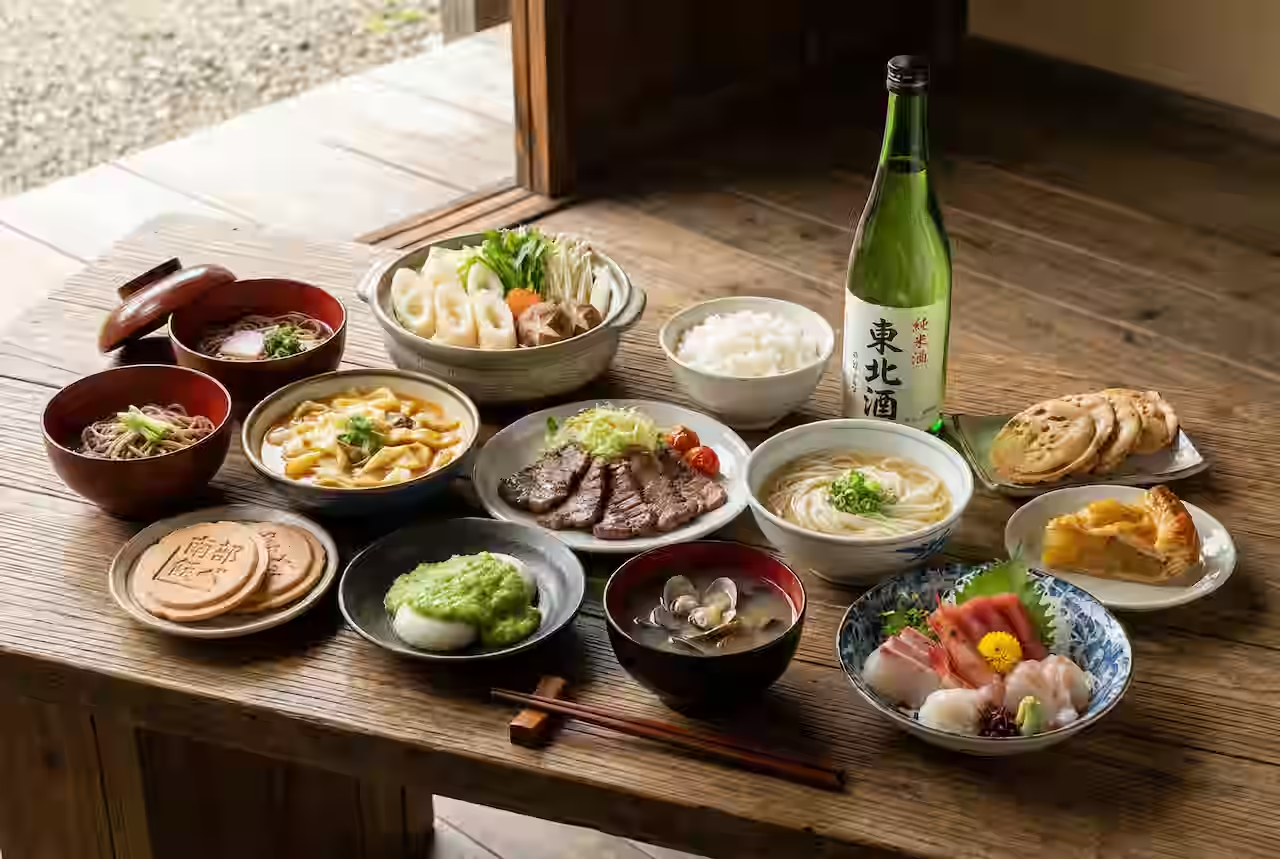


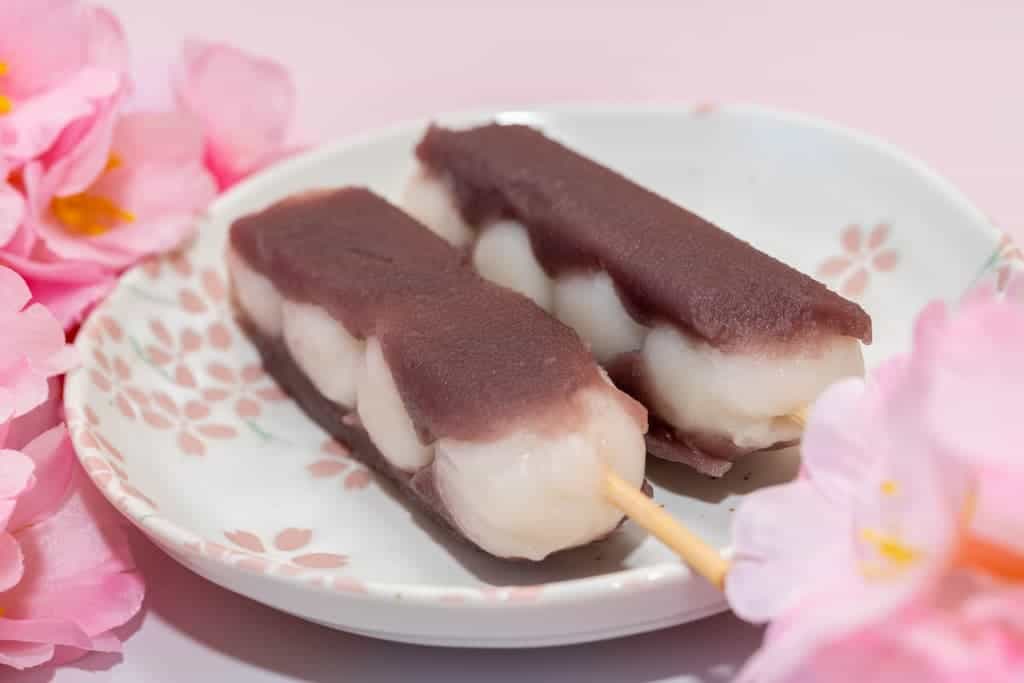
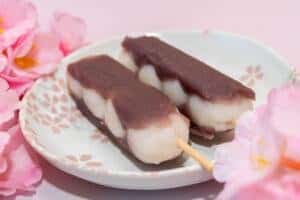
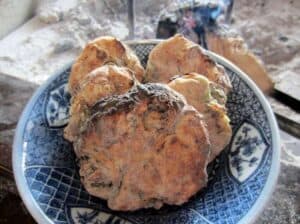
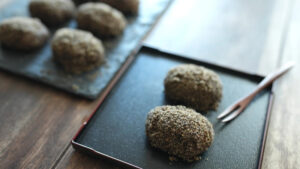

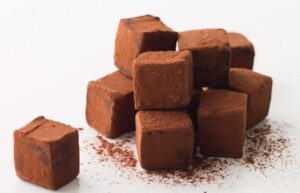
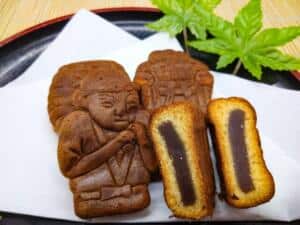
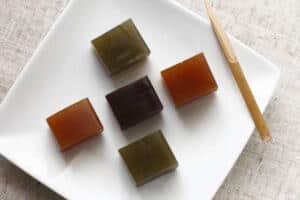
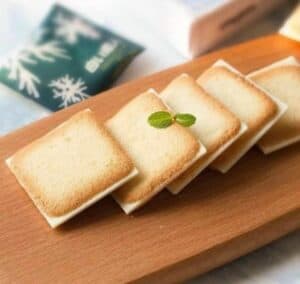
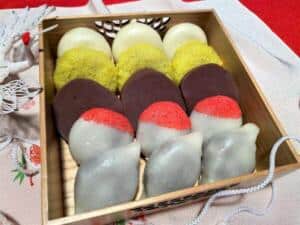
Comments